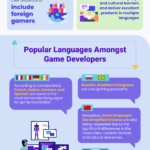If in some of our previous posts, we explained what localization is and why it’s so important in today’s increasingly globalized economy, what if we discussed content localization? Let’s face it: every business owner’s dream is to conquer the international market. So we are seeing more and more businesses launching and distributing their products and services in multiple countries.
And even if English is considered the international language of communication and it was the most used on the internet in 2020, all the other nine languages that rank in the top 10 – Spanish, Chinese, Arabic, Indonesian/Malaysian, Portuguese, French, Japanese, Russian, and German – represented almost 51% of the languages spoken worldwide.
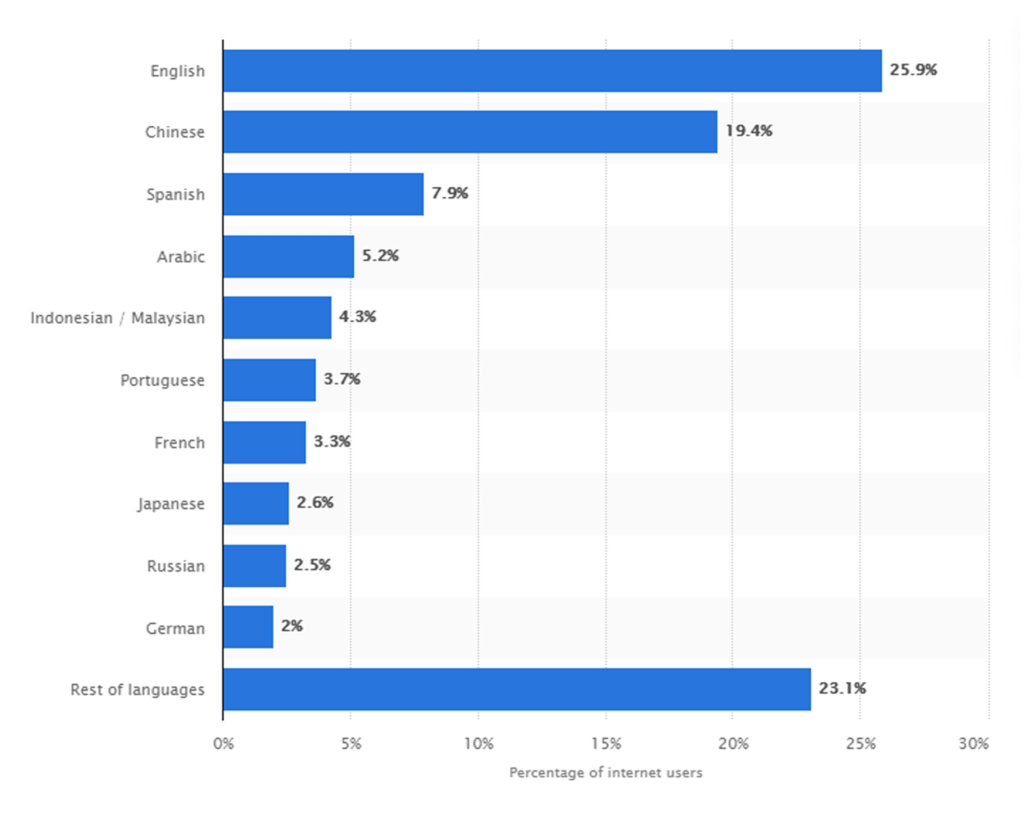
This means you can’t communicate with your target market just in English. All the languages are different not just from the semantic point of view, but also have distinct backgrounds that affect the way people may understand you.
So, the main questions are: how do you convey your message creatively and efficiently? How can you engage with your target audience and convince them to buy your product or service? The answer is by localizing content.
Believe it or not, localization is a very powerful tool when promoting your brand. And this is based on CSA research, which shows that 65% of customers prefer content in their native language. Furthermore, 40% of consumers responded they won’t buy in another language, while 60% of those surveyed said they would prefer rather to have a badly translated website, advertisements and other marketing collaterals than not have it at all.
But to make the content localization process easy for your business, you have to understand what it is and have an efficient strategy.
What Is Content Localization?
Content localization is the process of taking content that was originally created for a specific audience and adapting it to a new target market. Despite the general opinion, localization and translation are not the same.
When talking about markets with different spoken languages, translation is part of the localization services.
Let’s say, for example, you originally launched your product on the USA market and, consequently, you developed a website for the American audience. When you want to expand in Germany, you have to localize your content for the German market. This means not just translating the texts from English into German but also adapting cultural nuances. This includes graphic design and all other additional elements to the German cultural, historical, and religious customs, as well as various legal regulations.
However, there can be also situations when you just need to adapt the content for different markets that belong to different geographical areas but speak the same language. Like, for example, localizing content from American English to UK English. In this situation, you don’t need to translate the content, but for sure you’ll need a localization specialist to adapt your content to the specificity of the British market.
Simply put, content localization is about ensuring your audience can understand your content in the right context.
Why Should You Localize Your Content?
Before getting started on how to create a powerful content localization strategy, let’s see why you need this.
Content localization brings you a wide range of benefits. But the first and the most important one consists in connecting with your audience in a way that feels natural for them. This results in increasing their interaction and engagement with your brand, while also remaining loyal to it.
Some statistics support these facts:
- according to CSA Research, almost 40% of internet users stated they will never buy from websites that are not in their native language
- 65% of non-native English speakers prefer content in their native tongue, even though they are highly proficient in English. (CSA Research)
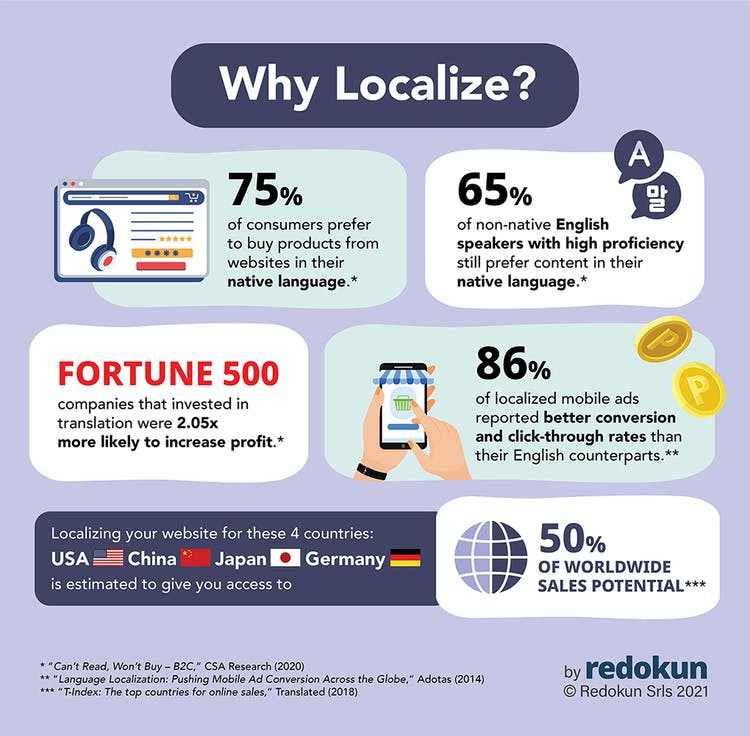
- translating and localizing your content for the United States, China, Japan, and Germany will give you access to 50% of worldwide sales potential
- more than 50% of all Google queries are performed in languages other than English
- businesses that paid attention to translation and localization were 1.5 times more likely to observe an increase in revenue. (Localize)
- Fortune 500 companies were reported to be 2.04 times more likely to improve profits when localized their content (CSA Research)
- 86% of localized advertisements campaigns outperformed their English counterparts, showing an increase in conversion (22%) and click-through rates (42%).
Which Types Of Content Can You Localize?
We mentioned before that you can localize many kinds of content. Here are some examples:
- your marketing collateral – when engaging with your customers from other countries, localizing your marketing collateral is extremely important. You can include in this category, not just website localization and advertising localization, but also other communication materials like brochures, flyers, indoor and outdoor campaigns, and email marketing content, to name just a few.
- generic content – let’s say we can consider as generic content all other content you produce and publish when interacting with your audience – blog posts, articles, social media posts, etc. When expanding on international markets you need not just translate but also localize all of them.
- legal content – when starting to do business in a new region, it is likely that you’ll need to tick at least a few legal formalities. As each region has its own legal rules, you should consider hiring a legal localization specialist who is a native of that region. This way you’ll avoid unpredictable and unnecessary complications.
- technical content – technical content like user guides, product descriptions, and demos usually contain important safety information. So, you’ll want to hire a localization professional who knows the product and is well versed in his area.
- user interface (UI) content – is about how people relate to your website and/or app and the user experience they get. That’s why you should test, tweak and retest them when translating and localizing for a new market.
- games – if you want to reach new players and expand your fan base, then you must translate and localize your game to reach its full potential.
Develop Your Content Localization Strategy
Now, that you understand what content localization is, which are its benefits and what kind of content you can adapt, let’s see which the main important steps are to create a solid and effective strategy.
Choose your markets and languages
The very first step is to decide about the foreign markets you want to expand on and the languages you are translating and localizing into. For doing this, it’s advisable to research the market (including your competitors) and select a small number of top-performing target audiences based on market research and potential demand. Then, while your business grows, you can complete the list with other countries and regions.
Decide Which Content You Translate and Localize
The next step is to identify all the content you need to translate and localize. A good idea is to start with the most important things such as localization for the website. Then, while your business grows, you can expand this process by adding other content to the list.
Collaborate with translators and localization specialists
We cannot stress this enough but hiring local translation and localization experts is extremely important, and this means not just that your localization experts should be native speakers, but they also should have some additional skills, such as writing, for example.
And that is because localization means not just adjusting the text according to the different specificities of the target audience. This also involves localizing specific terms, measures, date and time formats, and norms of orthography.
Choose Your Localization Tool
The next step is to choose the right translation and localization tool for you. As there are many options on the market, let’s list some criteria for selecting them:
- ease of installation – localization can be a difficult task. That’s why, if we are talking about your website, you should opt for a user-friendly solution
- translation capabilities – using machine translation can help you translate and localize your content quickly. However, as the AI is not perfect, you should use a hybrid translation solution that integrates both machine and human translation
- collaborative capabilities -when localizing content for many different languages you’ll need to hire people with different expertise and experiences. Therefore, you should opt for a translation tool that includes collaboration features.
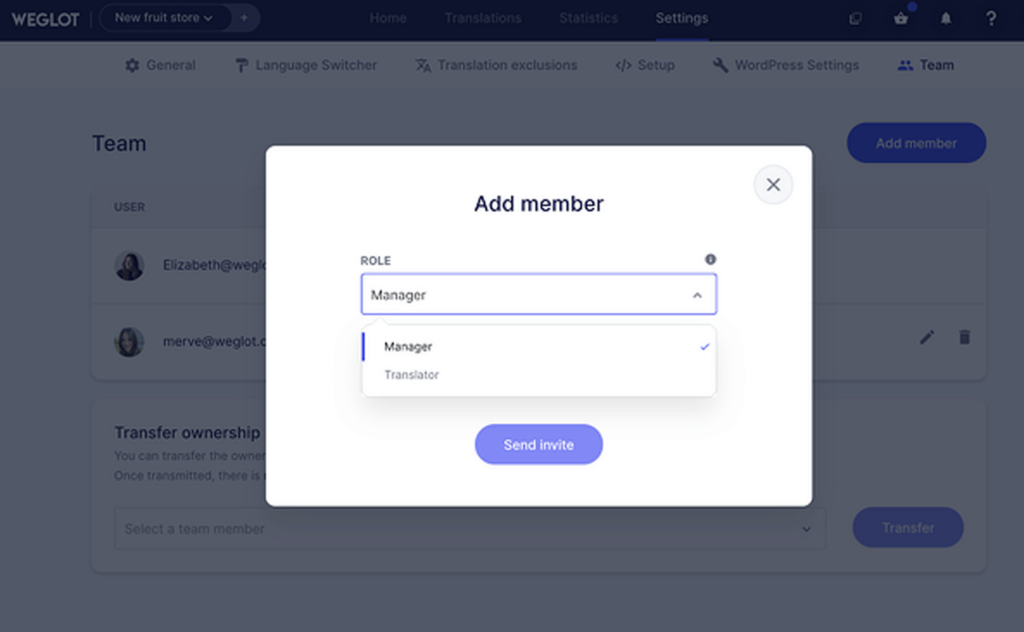
- media translation – as mentioned before, localization means more than simply translating words. You also have to consider your videos, images, and other media content. Choose a tool that allows you to translate all your media content quickly and smoothly.
- visual editor – different languages are asymmetric in many aspects, like syntax, sound, and in terms of the space they need. So, your tool should also have a visual editor feature. This way, you can see how the translated text fits with your visuals and edit it accordingly.
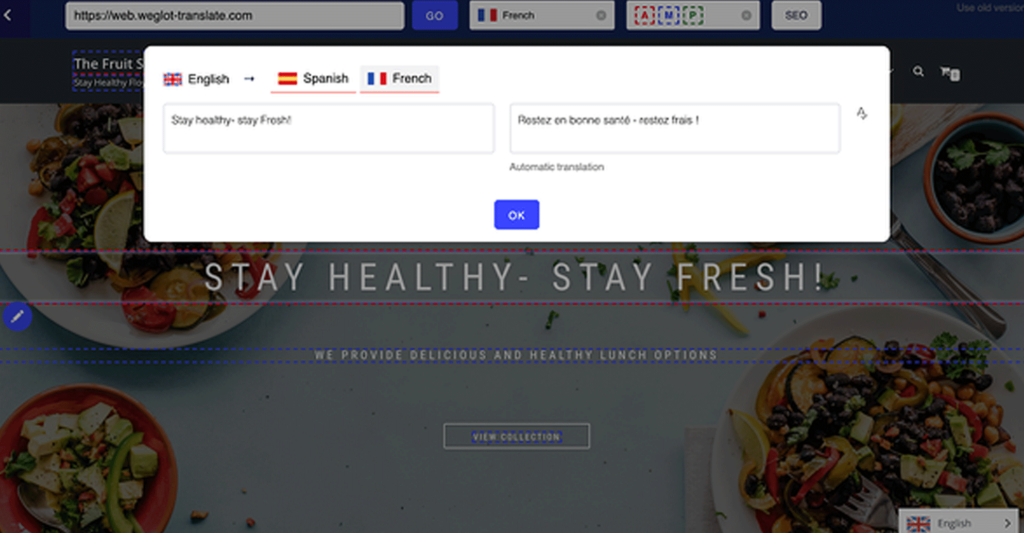
- SEO optimization – if you want to rank highly on international search engine result pages, SEO features such as metadata translation or language-specific URLs are important. Therefore, you should consider the tools that automatically take care of all these tasks.
Setup Different Social Media Accounts For Each Market You Localize
When developing the content localization strategy, you should consider setting up separate social media profiles for audiences from different countries, where you’ll post localized content.
This way, your content won’t look so messy. For example, IKEA has a social media account for every country they operate in and localize their content completely.

And this is a practice used by many companies that operate constantly in multiple countries.
On the other side, if you post just occasionally for a foreign audience, you don’t need to create a separate social media account. Just post your content in both languages (the original one and the target language).

This is how the Duke and Duchess of Cambridge announce their trip to Pakistan. But as these trips are not so often, they don’t need to create a social media account tailored specifically for Pakistani people.
However, if your business strategy is to operate permanently on the foreign market, then you need to create a separate account for that audience.
Incorporate Everything Into Your Content Localization Strategy
When you complete the research, identify your localization needs, and create your content localization strategy, it’s time to assemble everything. Be sure to monitor your content distribution channels and their impact.
Test, Retest, and Adapt
There are rare situations when everything works as planned. That’s why you should always analyze the results of your content localization strategy. To do so, you can implement AB testing for every possible scenario you have. Then, according to the results you get, adjust your content and test again. This way, you’ll fine-tune your approach and content for each and every audience you have.
Wrapping Up
If you want to succeed in the international markets, then you need more than localizing just your product, game, or service. You also need to localize your content. This way, your business will gain the trust, attention, and engagement it deserves from the target audience.
Hopefully, this post will give you some useful information and help you to develop a solid content localization strategy and become a successful player in the international market.





